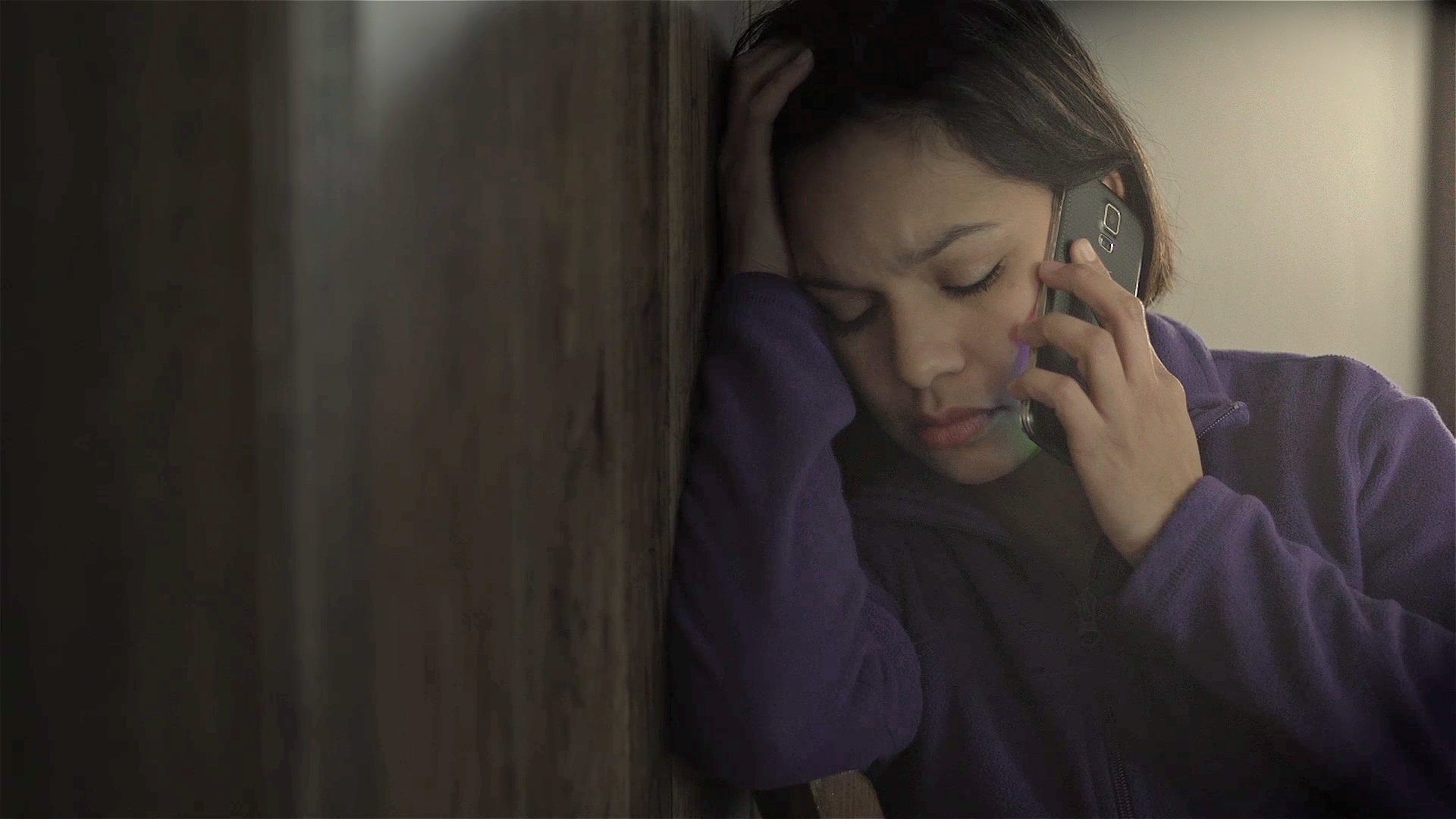Jan 9, 2020 | Native Hope
While this article was originally written and published in 2016, its contents are still relevant, today. In fact, according to Business Insider, "Since 2007, more than 49,000 cases of human trafficking in the US have been reported to the National Human Trafficking Hotline, which receives an average of 150 calls per day." Native Hope remains committed to creating much-needed awareness around the realities of this crime and its victims.
***
Human trafficking enjoys a taboo status in America—and as one trafficking survivor tells Native Hope—there’s no easy way out.
She sits agitatedly, flipping her hair—up, down, around, then into a bun—then into a ponytail. “When you don’t feel valued, feeling desired is appealing until you realize that value and desire are not even close to the same thing,” explains the teenager.
She fits the profile. She is young, naive, and impoverished. She is a victim.
The issue
Most South Dakotans, most Americans for that matter, feel immune or choose to avoid “uncomfortable” topics. Somehow those uncomfortable things are buried under rocks—not to be overturned.
These taboos not only survive but also thrive under the cover of darkness. In reality, turning over the rock will expose a truth that our state and country can no longer avoid.
Most believe that life in the “land of the free and home of the brave” holds infinite opportunity for all. However, opportunity eludes the over 100,000 American children and young women the FBI reported as victims of human trafficking within American borders. It is estimated that 80 percent of those trafficked in the U.S. are sexually exploited.
Trafficking occurs all over the country, but South Dakota’s quiet Interstates and friendly demeanor make it a prime target. Traffickers target young women and/or men who are impoverished, who may have been emotionally or physically abused, and who may have an alcohol or drug addiction.
However, any child is a desirable object to these criminals.
Unfortunately, South Dakota’s Native American reservations hold some of the highest poverty rates in America and lie in some of the most remote areas of the state. This combination makes the state’s Native American population even more susceptible.
Her struggle
She turned to meth to numb the pain of losing a loved one. Eventually, she needed the drug so badly that she became embroiled in trafficking. The ones she trusted fed her meth and entrapped her into their ring.
“They [traffickers] make you feel low…they make you do sexual favors…they keep you high [on drugs] just to make you feel low,” reveals the young woman. “They make you think that your role in the drug run is important—little do you know ‘you are the drop.’”
The drop? This thought is taboo. The average South Dakotan—the average American—paralyzes for a lack of words. How can this be? A young, sweet, talented teenager’s body becomes currency and a bargaining tool.
She continues, “When you become the drop, you are unaware—you are high, and you never know where you are going. All you know is that they need you just to make the drop.
“The dealers say, ‘We'll go over it [the details] when we get there.’"
Making the drop included multiple payouts for this victim. She experienced harassment, threats with guns, rape, and other forms of abuse. Yet, she maintains, “I am one of the lucky ones. Some are not that lucky...If only these people knew how they are destroying lives.”
Healing the trauma
The devastating physical and psychological trauma haunts her daily. Most victims of human trafficking deal with suicidal thoughts and depression. This was the main goal of the traffickers: to break her spirit so that she would depend solely on them for her needs.
This is no longer an “uncomfortable topic”—it’s a reality.
Andrew Lepkowski, BIA officer and enrolled member of the Hunpati Oyate—Crow Creek Sioux Tribe, explains, “People are selling their own children. This [trafficking] can happen anywhere—right in front of you, and you may not even recognize it.”
Law enforcement agencies in South Dakota have increased efforts, but the problem is growing at an alarming rate.
It will take everyone to enter this fight. Please stand with Native Hope to end human trafficking.
For any victims reading this blog, “she” wants you to “Give yourself a chance—you're worth it.”
Learn the signs of trafficking and how to report it
If some of these signs are present, they may indicate something is wrong:
- Bruising, scars, burns, cuts, or scratches
- Numerous inconsistencies in their story - avoids eye contact
- Fearful, anxious or depressed mood, hyper-vigilance, paranoia, malnourished
- Cash payments, no identification or fake ID, no green card or legal documentation
- Not Allowed or able to speak for themselves
- substance addiction or the appearance of withdrawal symptoms
- Lying about age and may appear unhealthy, but may have nails and hair done
- May not talk or be allowed to speak or disclose anything
If you see something, say something.
QUESTIONS TO ASK:
- I want to make sure you are okay; Do you feel safe?
- Is anyone threatening you or hurting you?
- Can you leave if you want to?
- What does help look like to you?
If you or someone you know is being trafficked or assaulted,
CALL 911 so local law enforcement can respond ASAP.
If a person needs to reach out and talk to someone, please call the Sex Trafficking & Sexual Assault Victim Hotline at 1 (888) 352-8511 or 211.
Sex trafficking is just one of the issues that disproportionately impact Native Americans in South Dakota. Explore our full resource to learn more about what life can be like for Native Americans today.




COMMENTS